james LEE webb
Duration: September 2017-january 2018
James was a artist-in-residence at New Harmony Clay Project. During his time in New Harmony, he continued to investigate Lexical-gustatory synesthesia as an explorative tool for art making and what the ethos of authenticity means to him through his synesthesia. James researched the bold, sore question of what is authentic—or perhaps a better question—what makes us think that the things we know are authentically beautiful? He aimed to bring himself to a place of better understanding and create a more tightly bound body of work. He believes that being an artist has no retirement, and each next step in his journey will help carry him through his artistic endeavors as a professional artist.
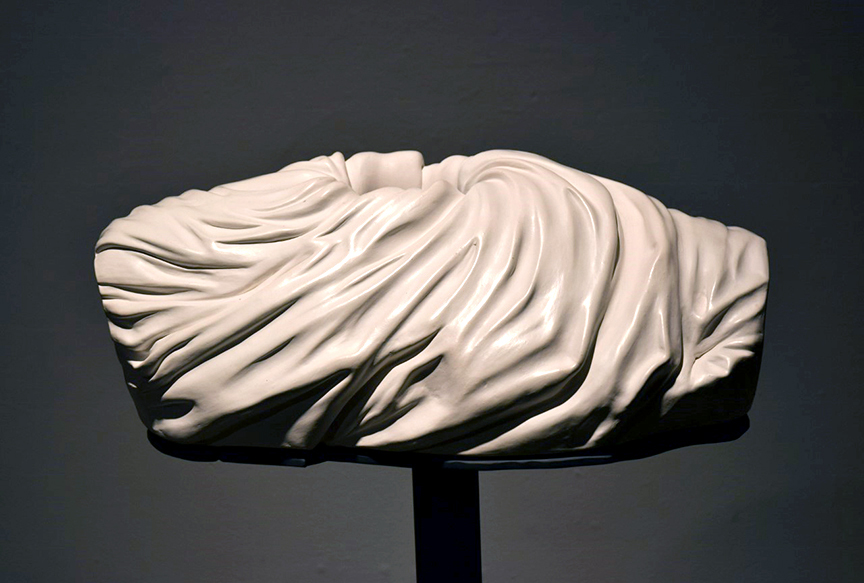
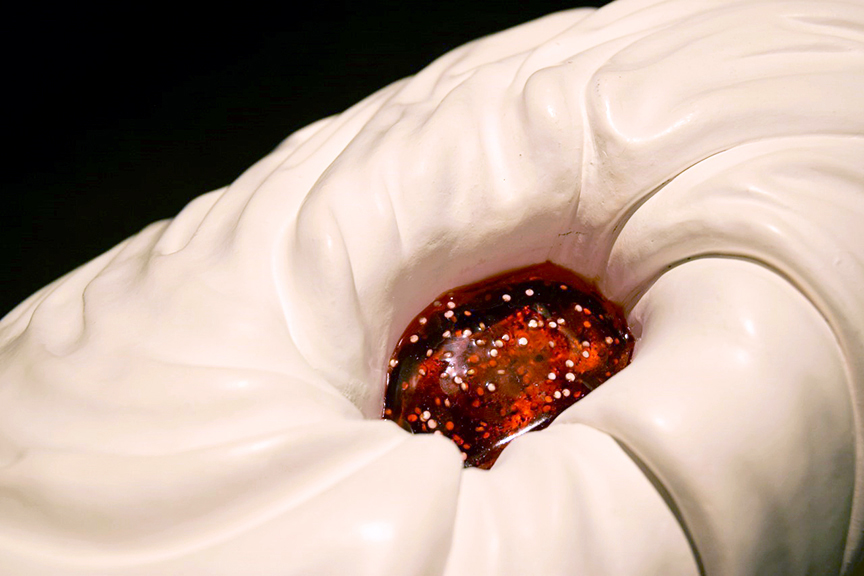
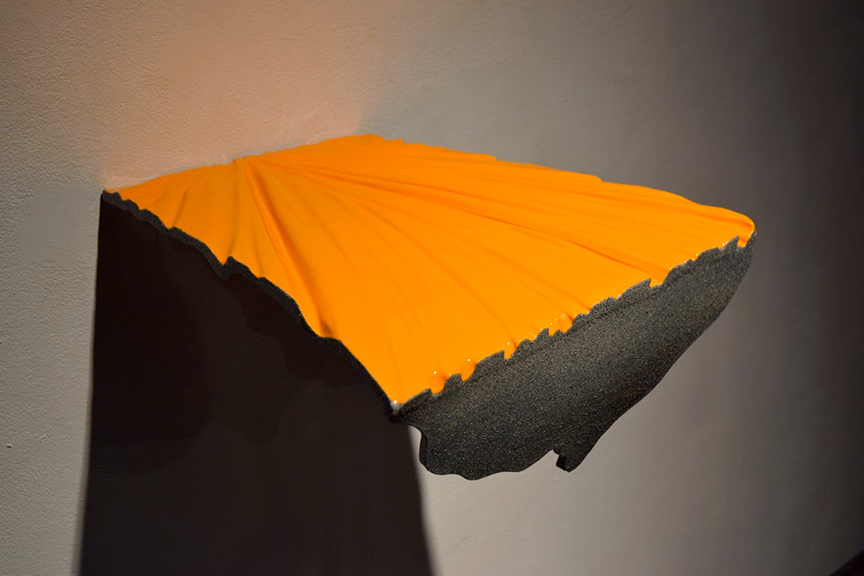
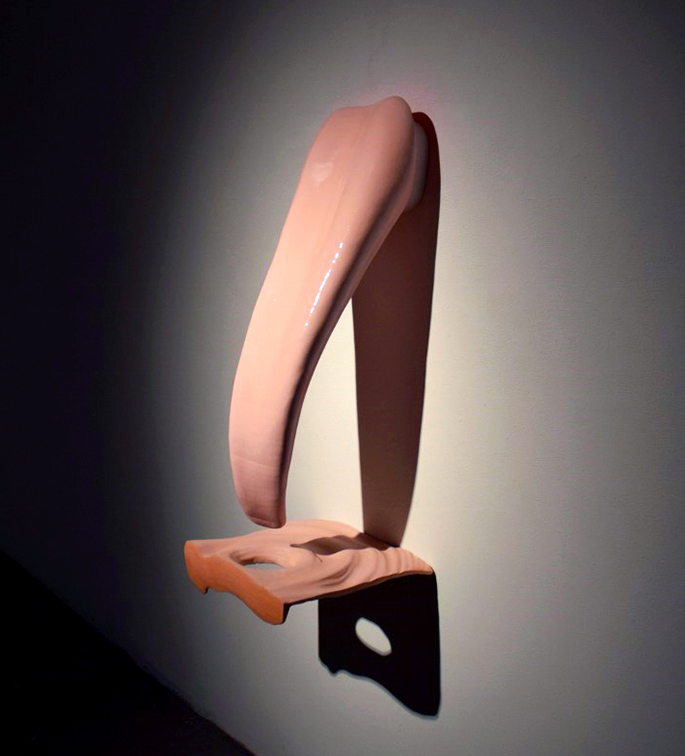
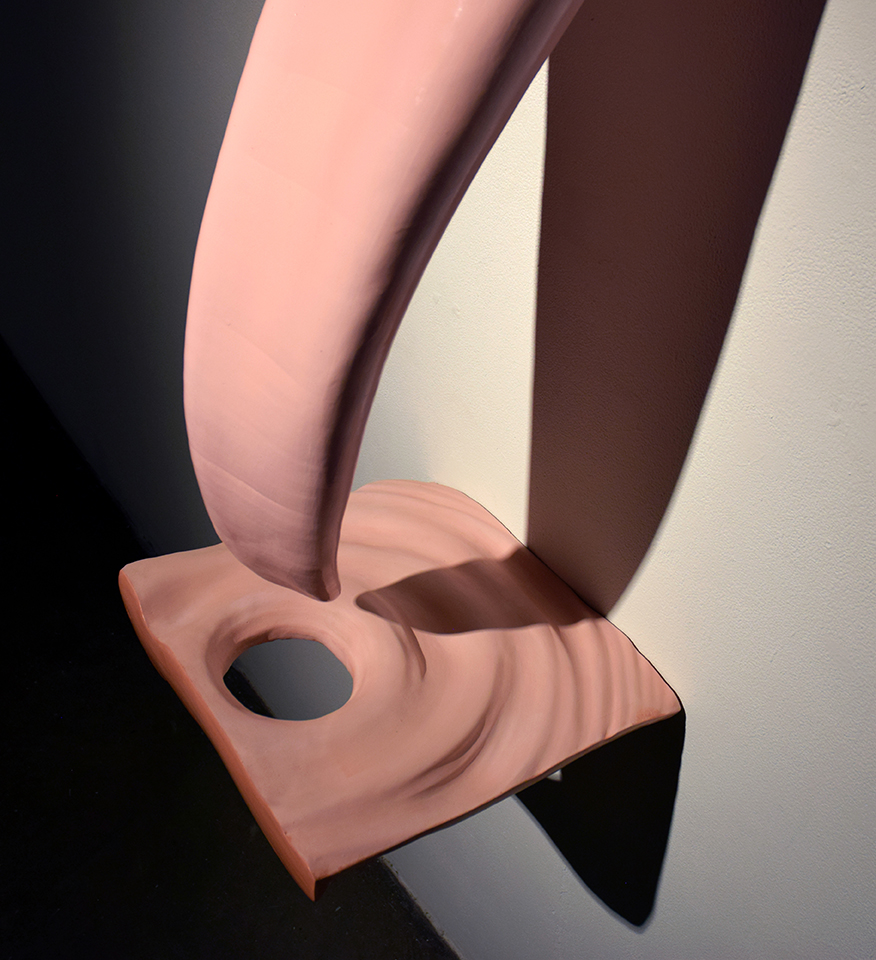

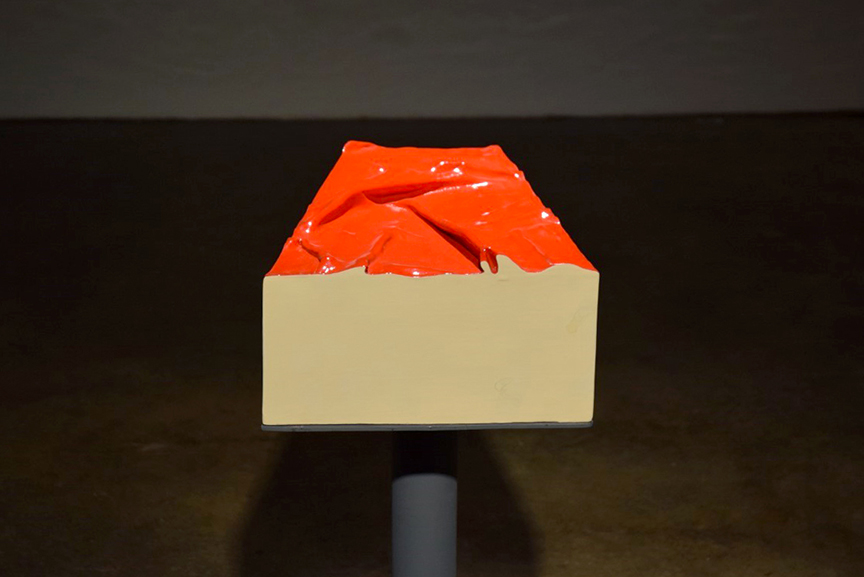
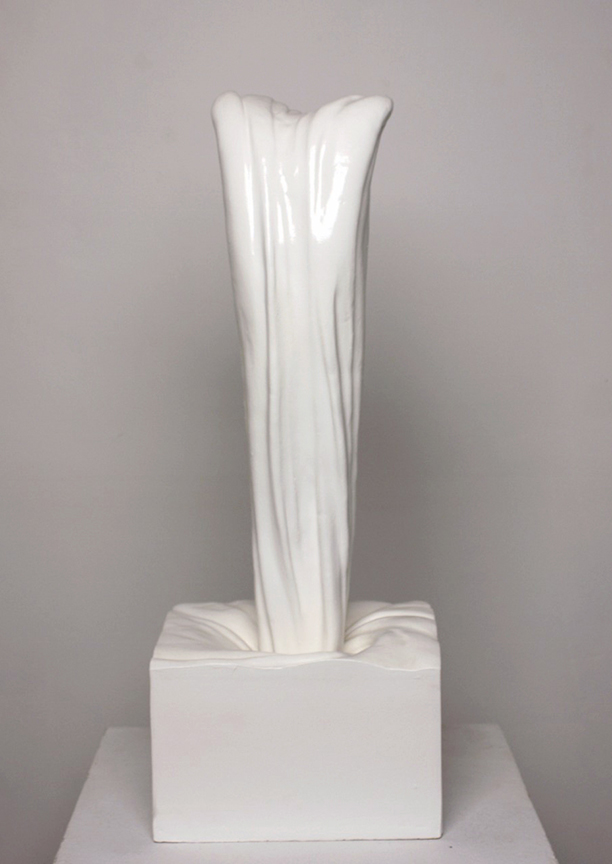
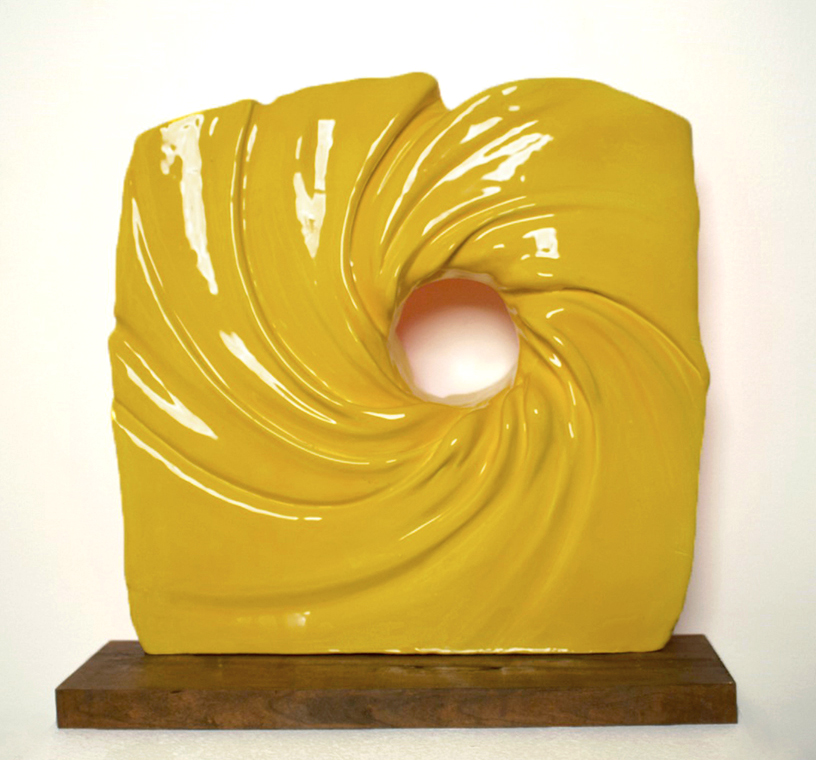
quick facts
How many years have you been working as a clay artist? Gosh, I feel that I’ve been a maker longer than I’ve been an artist. But, I’ve hand my hands in clay both artistically and seriously for ten years and some change… but I’ve been working as a clay artist, I would say, for four years.
What is your main clay body that you currently use? Irish terra-cotta paper clay. And more specifically, Charmin toilet paper, usually!
What is the primary method you use for building your work? I mainly hand-build; both subtractive and additive processes.
Do you have any future clay wishes or dreams? Absolutely! My dream is to hold a tenured professor position in clay at a public university teaching undergraduates.
Artist Statement
art. beauty. taste.
My brand of art-making seeds firstly from my innate creative strategy, Lexical-gustatory synesthesia. This type of synesthesia means that two of the nerves that connect to certain sections in the brain that signal taste and sound brush against each other, causing an over lapping in senses of taste and hearing. This makes me to produce cerebral relationships between the spoken word and food that are both potent and automatic. Although strides in research still must be accomplished to demystify the phenomenon of how synesthesia works, I use it as an explorative tool for making art.
This initial jumping off point for my work happens to take the form of sculpture. I use mostly well-known historical art as layers of information to steep in my meaning of the title of the preferred word I choose to make into being. For instance, no one would ever question that Roman art is a prime example of high-classical art, but in many cases, Roman sculptures are merely copies of Greek sculptures.
I, moreover, conjure pieces that have titles adhered to them concerning significant, overriding themes and issues in art. For example, Beauty. The word beauty deposits a potent, distinctive scenario in my head; I think of viscous coconut milk pouring into more swirling coconut milk that has a faint hint of lavender hiding within it. I then utilize this vivid, personal interpretation of the word beauty to inform my sculpture.
I research titles through a sore question of authenticity. In a post-modern world that has evolved into such subjective truism, I must continue to investigate what the ethos of authenticity means to me through my work by using my superpower, synesthesia.
Flavorfully,
James Lee Webb
BIOGRAPHY
BORN: nORTH MIDDLETOWN, KENTUCKY
James Webb was born in a small farming-community town in which he learned to kinesthetically help raise hay and work on various local farms. James grew up heavily and artistically involved with drawing and painting, until taking a ceramics class for non-majors at Eastern Kentucky University. Having loved to work with his hands, clay more than filled that hands-on need to learn something new and experience touching clay within an array of new techniques. After becoming immersed in wanting to work with clay seriously, he acquired a BFA in ceramics from Eastern Kentucky University.
After completing an undergraduate degree, he then served as studio technician for his graduating university for two years, continuing to make work and learn technical aspects of clay studio practice. After applying to graduate school and accepting an offer from Southern Illinois University (SIU), James moved to Carbondale and achieved a MFA in Ceramics. Here he developed his voice in clay and began investigating strong ideas and attributes in his work. Some of the aspects he dealt with and still explores in his work are Lexical-gustatory synesthesia, perception of authenticity of materials within certain cultures, and Roman marble sculpture. In addition to working towards his degree during his time at SIU, he also served as shop technician for one year, instructor of record in teaching ceramics for two years, and Craft shop ceramics graduate assistant for three years.
